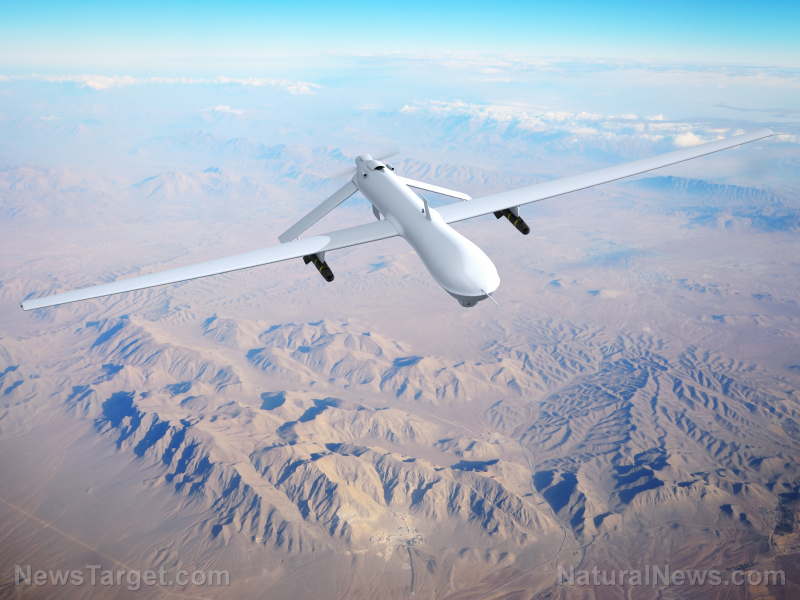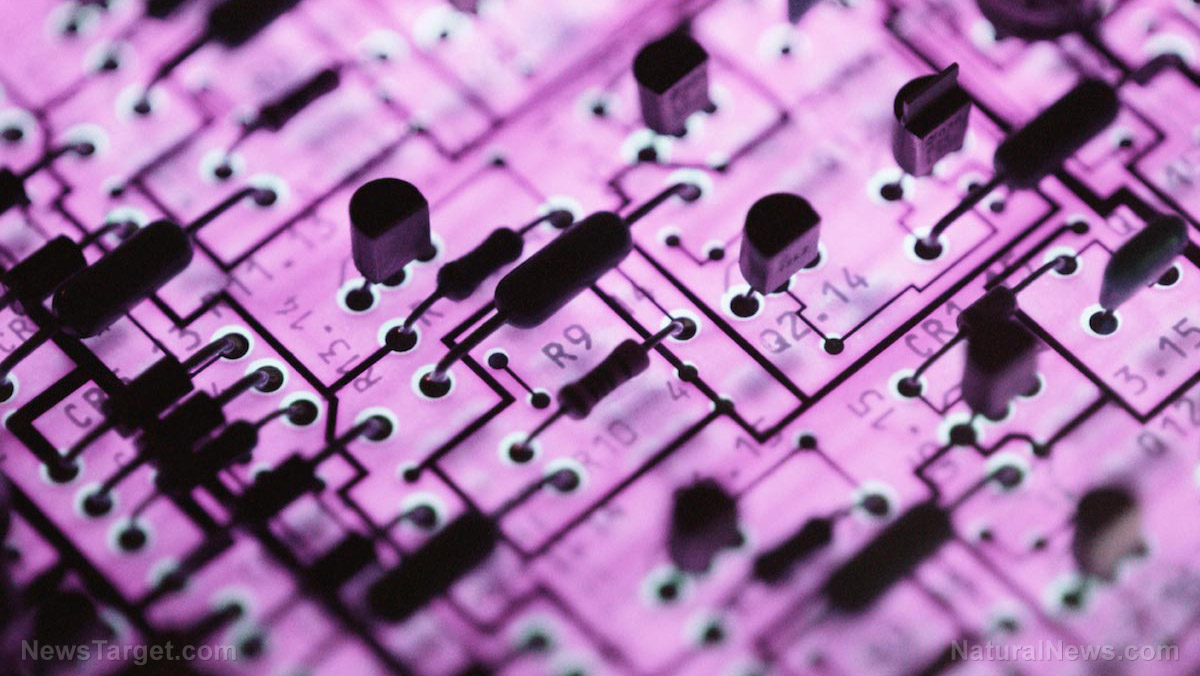Last year at the DARPA Robotics Challenge Finals, NASA announced a new challenge for humanoid robots: the Space Robotics Challenge (SRC), which will “prepare robots for the journey to Mars.” Just like the DRC, the first stage of the SRC will consist of a virtual challenge, run in the Gazebo simulator, followed up by a physical challenge using NASA’s R5 Valkyrie robots.
(Article by Evan Ackerman)
As of yesterday, NASA has opened registration for the SRC, and we’ll take a look at the format of the competition, the challenges that teams will need to complete, and what they can take home for winning.
The Space Robotics Challenge focuses on developing software to increase the autonomy of dexterous mobile robots—particularly those of humanoid format—so they can complete specific tasks during space travel or after landing on other planets (such as Mars), as well as on Earth. Eventually, these robots will assist us with tasks such as:
- Deploying and preparing habitats, power systems and other infrastructure on Mars before humans arrive.
- Disaster relief and industrial plant maintenance on our own planet.
The following virtual challenge scenario serves as a backdrop for developing coding advancements that enable the autonomy of humanoid robotics:
In the not too distant future, R5 has arrived on Mars along with supplies ahead of a human mission. Overnight a dust storm damaged the habitat and solar array, and caused the primary communication antenna to become misaligned. R5 must now repair an air leak in the habitat, deploy a new solar panel, and align the communication antenna.
Sounds like fun, right? Right!
Anyone can enter the challenge, although the team leader of each team must be a U.S. citizen. In order to win a prize (for NASA to give you taxpayer money, in other words), 51 percent of the team must be U.S. citizens, although if you’re a student at a U.S. university, that counts. It sounds like foreign teams can still enter and compete and win; they just won’t get any prize money for doing so. Bummer.
Before the SRC itself, there’s a qualification round. A simulated R5 will have to identify a pattern of colored lights blinking on a panel, push a button, and walk through a doorway without falling down. The 20 top scoring teams (based on speed and accuracy) will each get US $15,000 and move on to the virtual competition itself, which will go something like this:
Teams will use software to control a simulated R5 in order to resolve the problems caused by the dust storm. Each team will be evaluated according to a scoring metric that considers the number of tasks completed and the time required to complete the tasks.
The competition arena will contain a rover, solar panels, communication dish, and a habitat on a Martian plain. Each component will be within eyesight and walking distance of each other. Practice environments, similar to those used in the final competition, will be provided to teams.
Task 1: Communication Dish
R5 will begin this task near a communication dish that is aligned incorrectly. R5 will be required to walk a short distance to the communication dish and locate two handles. One communication dish handle will adjust pitch and the other yaw. R5 will be provided with the current dish orientation and the desired orientation. A tolerance of five degrees in pitch and yaw is allowed. A message will be sent to R5 when the dish is correctly aligned.
Task 2: Solar Array
R5 will be required to walk to a rover in order to retrieve a new solar panel. After acquiring the new solar panel, R5 will walk to the solar array and deploy the new panel within reach of the power cable. Once deployed, R5 will connect the solar panel to the existing array.
The solar panel will have a handle for R5 to grasp and carry. Deployment of the solar panel consists of placing the solar panel on the ground and pressing a button on the top of the solar panel. An existing power cable, located on the ground near the solar array, must be picked up by R5 and plugged into the newly deployed solar panel.
Task 3: Air Leak
R5 will be required to walk to the habitat, climb the stairs to the habitat entrance, enter the habitat, find an air leak using a leak detector tool, and repair the air leak using a patch tool.
Stairs to the habitat entrance have railings on both sides. The habitat entrance consists of a door with a rotary valve that must be turned to unlock the door. The door is hinged to swing into the habitat, and must be pushed open by R5. Upon entering the habitat, R5 should pick up a leak detector device from a table, and walk to a designated wall that is known to have a leak. The leak detector tool will continuously emit a message that contains information about presence or absence of an air leak. By moving the leak detector tool in front of the wall, R5 should locate the source of the leak.
Once the leak is found, R5 should pick up a leak repair tool from a nearby table and press the tool on the leak location. The act of pressing the leak repair tool on the correct leak location will stop the leak.
After completing each task, R5 must walk into a finish area, which ends the run. NASA will impose bandwidth limitations (1-2 Mb/s maximum), time limitations (30 minutes to 2 hours, depending on the task), and a round trip latency of up to 20 seconds. Each task will be run five times by each team, and all runs will be slightly different, with tweaks to “the location of all objects in the environment, the starting position of the robot, the communications parameters (latency), contact friction properties, obstacle placement, object geometry, and other relevant parameters.”
Scoring is based primarily on task completion, with each task consisting of multiple subtasks. The more subtasks you manage to do in a row without stopping, the more points you get. The first subtask you complete is worth 1 point, the second is worth 2 points, and so on. This value increase continues from task to task, so if you make it from Task 1 (four subtasks) to Task 2 in a single shot, that first subtask in Task 2 is worth five points instead of one. Skipping a subtask or asking for a reset will knock the subtask point counter back down to zero. Time is taken into account only if there’s a tie on points.
The winner of the SRC Virtual Challenge gets $125,000, with $100,000 going to second place, $50,000 to third, and $25,000 to fourth. Additionally, as many as six teams can take home a $50,000 bonus for completing all 18 subtasks consecutively within one single run—a perfect run, in other words.
The top four teams will also be awarded “a code implementation partnership with an R5 Host Team for a time period of at least two weeks.” We’re assuming this means that if you prove that you know what you’re doing in the Virtual Challenge, NASA will let you try your software out on one of the handful of real Valkyries at robotics labs in the United States and Europe.
Registration for the challenge is open now and will remain open for one month, until September 16. The qualification software will be released on September 19, with qualification ending November 15. The final teams will be selected on December 1. The SRC Virtual Competition itself will run June 13 to 16, 2017, and we’ll know who won on June 30.
Read more at: spectrum.ieee.org





















